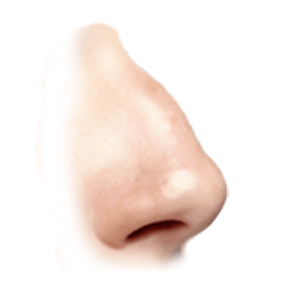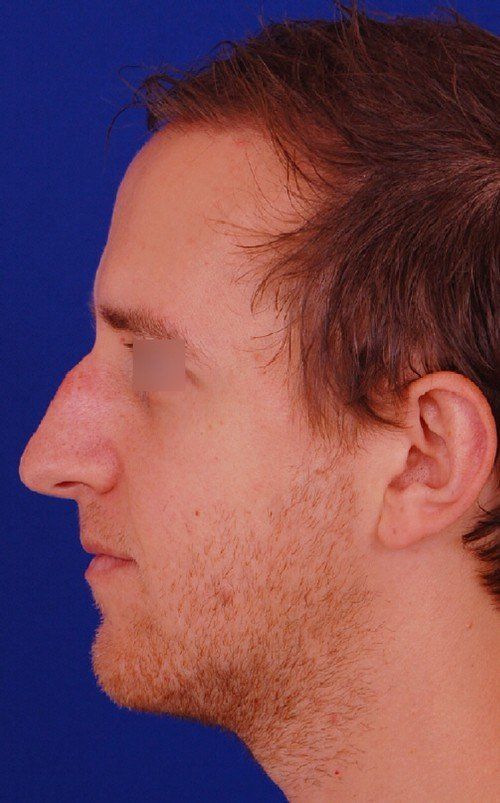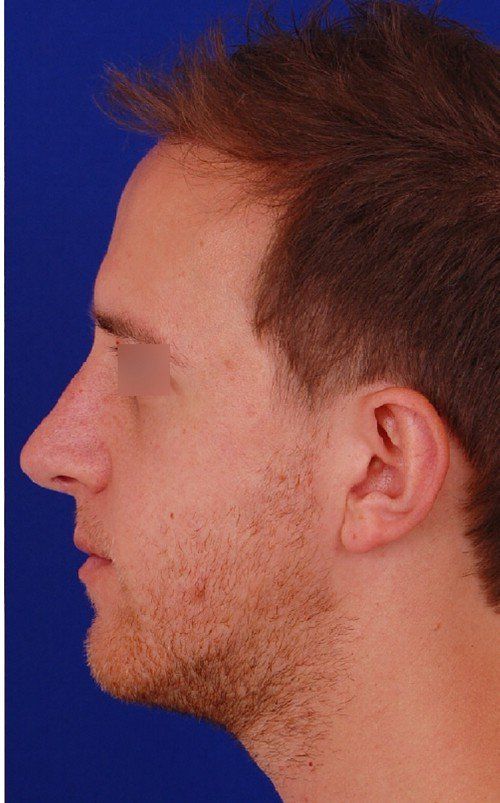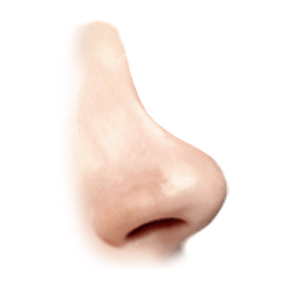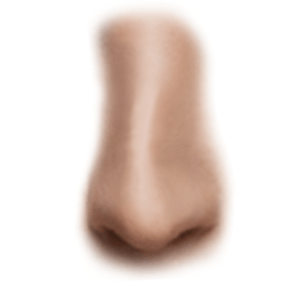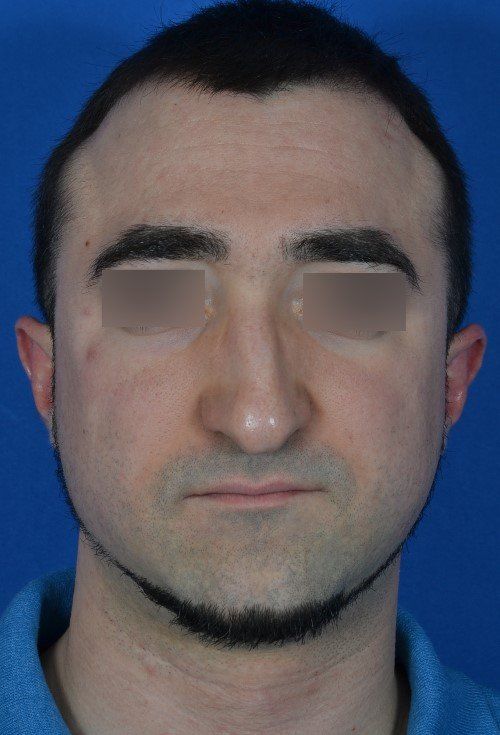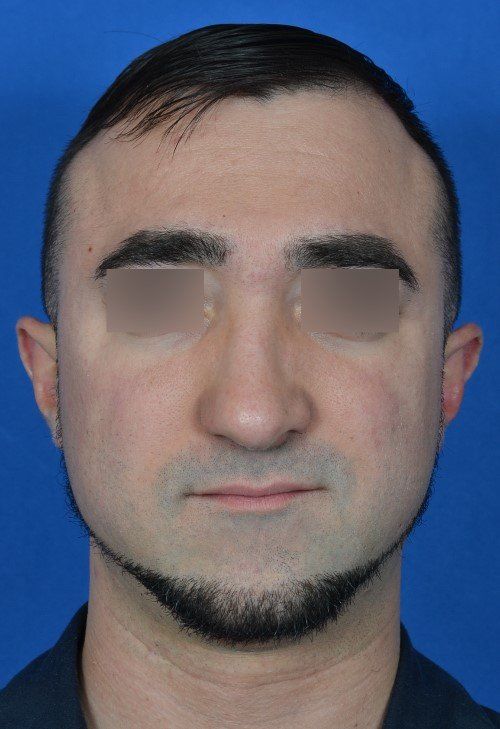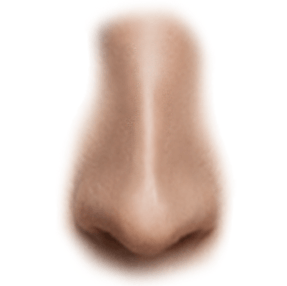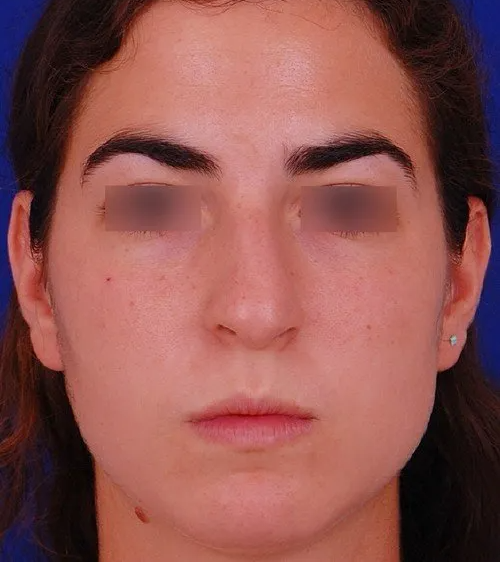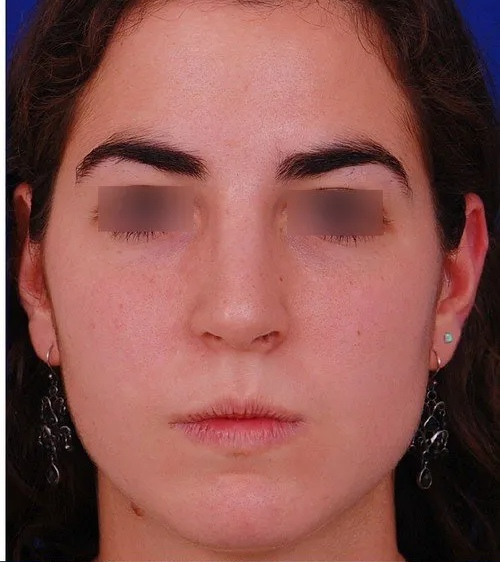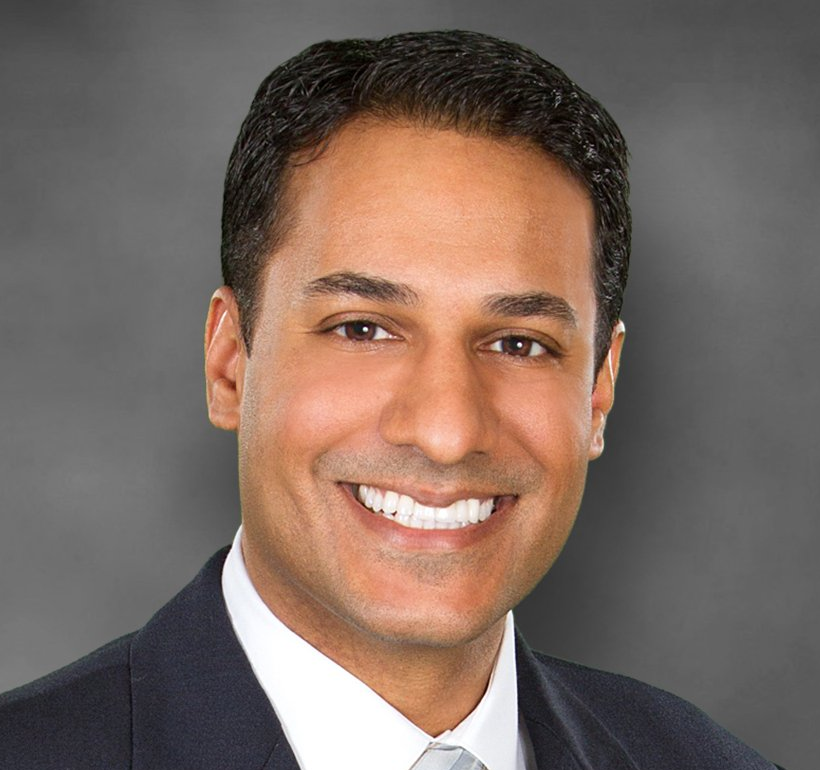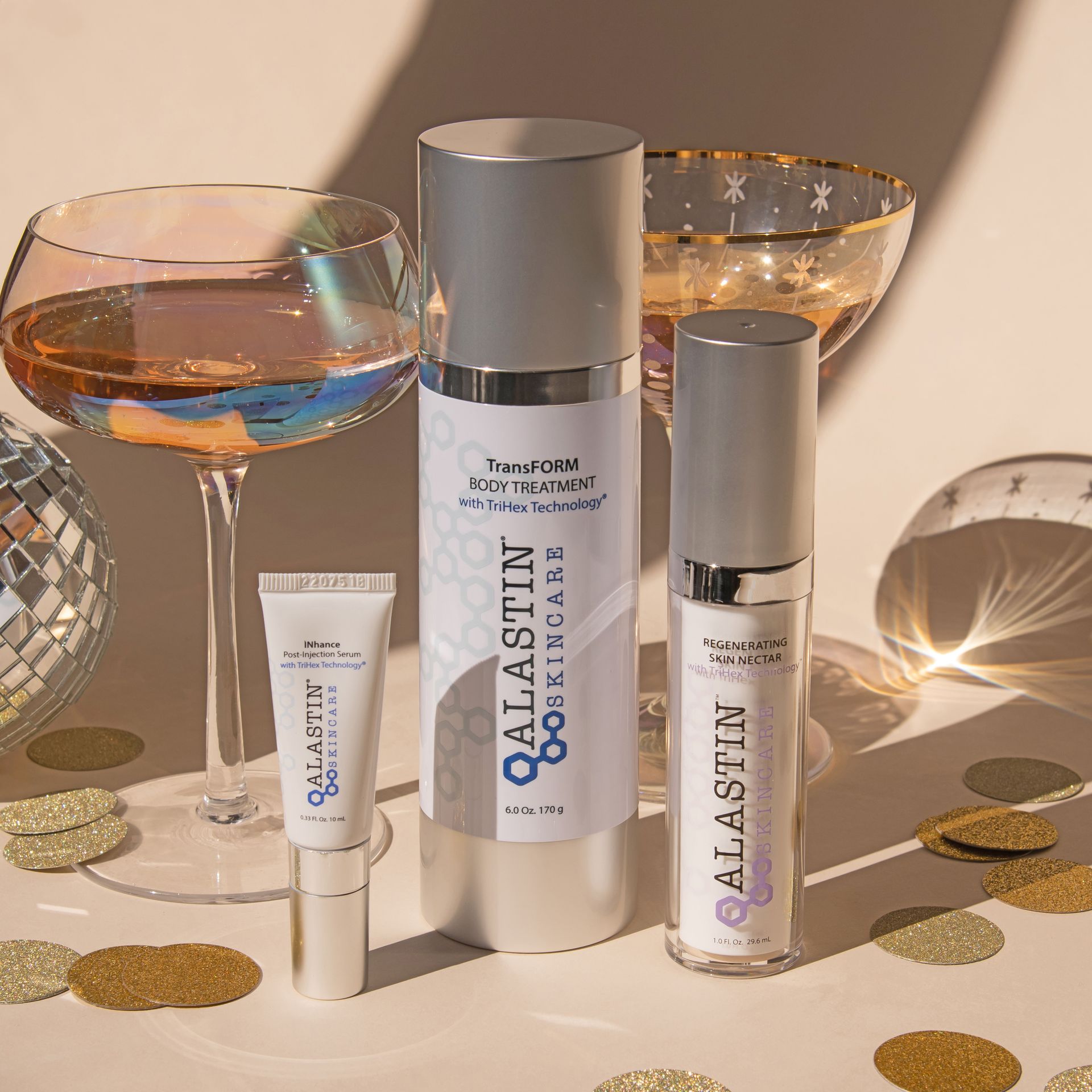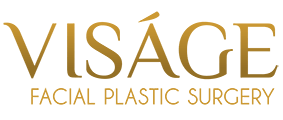A hump or bump on the bridge of the nose is probably the most common feature altered with rhinoplasty. The hump may be a familial trait or caused by trauma. Even as we age, it seems like we ‘grow’ a hump due to loss of nasal tip support. This is such a common phenomenon that we often associate a hump with an aged appearance. As a result, removing a hump will often make one appear younger.
How Can It Be Fixed?
The skill in hump removal is making sure the bone and cartilage blend into one another so that the bridge looks smooth from top to bottom. During surgery, the bone and cartilage of the hump are carefully removed. After the hump is removed, the sides of the nose are pushed inward to narrow the new bridge in a finessed and controlled manner. Finally, the width of the nasal valve area is checked. A narrow nasal valve not only makes breathing more difficult, it may create a visible indentation that looks like an upside-down ‘V’. If narrow, the nasal valve area is widened with cartilage grafts from the nasal septum, creating a smooth flow from the top to bottom of the nose.

